TIFF 2022 Women Directors: Meet Amy Redford – “Roost”
Amy Redford’s career in the creative arts spans over three decades as a director, producer, and actor in film, television, music videos, and theater. “The Guitar” marked her directorial debut, and she also produced the feature film “Professor Marston...
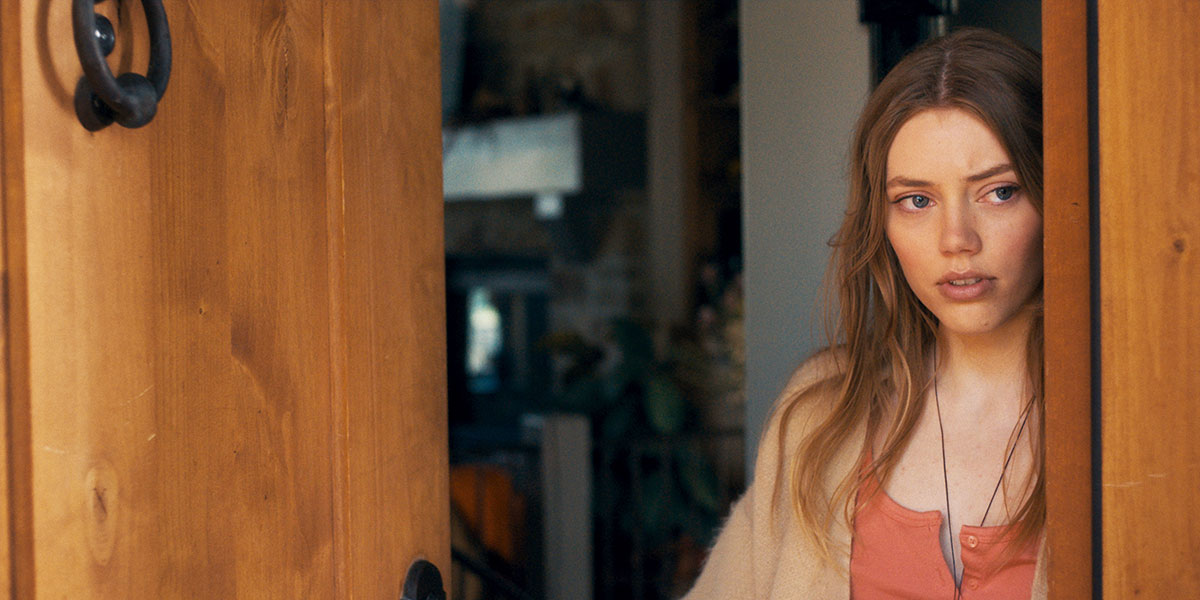
Amy Redford’s career in the creative arts spans over three decades as a director, producer, and actor in film, television, music videos, and theater. “The Guitar” marked her directorial debut, and she also produced the feature film “Professor Marston and the Wonder Women.” In addition to her work behind the scenes, Redford has acted in multiple film and television projects, and has acted and directed in Off-Broadway and regional theaters across the country and abroad to critical acclaim. She also co-created “Switch Track” with Yael Farber and Darrill Rosen, developed at Mabou Mines and then the Sundance Playwrights Lab. She’s continued to further her experience in directing and acting at prestigious national theater and film labs, including the Sundance Institute, Eugene O’Neil Theater Center, Williamstown, and NY Stage and Film.
“Roost” is screening at the 2022 Toronto International Film Festival, which is running from September 8-18.
W&H: Describe the film for us in your own words.
AR: “Roost” is a film that features elements typically found in teen flicks, coming-of-age tales, and psychological thrillers. We see these components come together around the film’s central themes, which include that the “bills” you don’t pay in your youth might end up resting on the shoulders of your children; the center of empathy shifting unexpectedly throughout the course of the story; the complex evolution of a mother-daughter relationship; the discomfort of role reversal; and the unleashing of the untamed heart and all that can lead to.
W&H: What drew you to this story?
AR: When Scott Organ gave me his play “The Thing with Feathers,” I felt compelled to tell the story on the screen, not only because of its contained structure, but because of its provocation. My background is also in the theater, and he is a brilliant playwright. I liked the fact that the core of the story was both contained and universal.
In the film adaptation “Roost,” Scott’s writing is disciplined, precise, and compassionate, and gives each character an opportunity to be heard. Before diving into a project, I play each character in my head and see the world through their eyes. I felt a strong connection to the personas, and the twists and turns were great scaffolding for them. Scott is also an excellent human, which fits with my long-term goal to collaborate with good people.
W&H: What do you want people to think about after they watch the film?
AR: My home is Salt Lake City, Utah, where I moved in order to sit in the in-between of discourse –right vs. left, religious vs. secular, tech vs. the analog of outdoors. I believe that this film will stimulate a conversation and create an opportunity for audiences to see themselves reflected in each of Scott’s characters in some way, either for better or worse.
There has been much recent enlightenment about the consequences of generational trauma, and I think this gives an opportunity to look at how we perpetuate “gaslighting,” as well as how the fallout can have downstream consequences we don’t always see. My hope is that people leave feeling inspired to own whatever they might need to from their past in order to have a more liberated future, and that there will be a debate about the film’s outcome.
W&H: What was the biggest challenge in making the film?
AR: For many filmmakers, the assignment to shoot in COVID conditions and still have the necessary intimacy for film has been very challenging. Our amazing first AD Solita Hanna and our indispensable producer Eden Wurmfeld had to hold this balance.
Also, the ever-changing Utah climate kept us on our toes, with snow one day and high heat the next, but I wouldn’t have had it any other way.
W&H: How did you get your film funded? Share some insights into how you got the film made.
AR: It takes one fearless soul to ignite the possibility. Jeff Hays was that person. He teamed up with Geralyn Dreyfous, both being champions of the filmmaker’s process. I had worked with Jeff as a host and collaborator for his “Cancer Revealed” series. He wanted to do something more in the creative space, and dove right in with me. The film was independently financed with equity and grants.
We knew we had to strike the balance between an achievable budget to get to the starting gate and production value. The key to this was reconnecting with Bobby Bukowski on this film. I did my first feature with him and found him to be a kindred spirit, and I knew he would bring the production value the film needed. The formidable team helped to create comfort in the vision and brought the final funding we needed.
W&H: What inspired you to become a filmmaker?
AR: When I was very young, I vividly remember Euzhan Palcy walking up the path at the Sundance Resort as she was about to dive into the director’s labs. I looked at who and what she was and thought, “Wherever she came from, I want to be on that planet.” She was full of grace, confidence and vision, which made me feel a sense of kinship and belonging. She was not just one thing, but held many truths at once.
In my early childhood, we would watch reel to reel films of “Singing in the Rain,” “It’s a Wonderful Life,” “The Third Man,” and “The Manchurian Candidate,” each with their own promise and purpose. I remember watching people watching these films and knowing movies were a powerful tool of communication. I was fortunate to watch my Dad on set both as an actor and director inspire those around him to reach for the best execution for their part of the puzzle. He conducted each element with joy and was intolerant of too much hierarchy. From the cast to the props department, the composer and craft services, he knew that it was an organism that was only as good as the sum of its parts.
He treated people with respect, which cultivated trust. I liked the community around this, that you could soften the receptors of understanding with humor, and the strange bedfellows that felt like family. I was also inspired by my brother’s deep desire to set up a problem only to infuse us with hope. He brought his understanding of humanity in everything he did.
W&H: What’s the best and worst advice you’ve received?
AR: “If you can’t lead by example, be a cautionary tale.”
W&H: What advice do you have for other women directors?
AR: Trust your essence and that your power lies in your authentic leadership. Don’t get seduced into feeling like you have to present yourself as anyone other than who you truly are. Be the best and most vibrant you that there is, even if that means admitting when you are wrong, or being true to your quietness.
Also, and this is a biggie, there is good money and bad money. Know the difference and learn that part of the business.
Don’t always feel like you have to know everything. Know what you want to feel and have a vision, but empower your teammates to solve the problem with their given craft. They might even have better ideas than you.
W&H: Name your favorite woman-directed film and why.
AR: Nope. I can’t. I know that’s chicken shit, but it’s true.
W&H: What, if any, responsibilities do you think storytellers have to confront the tumult in the world, from the pandemic to the loss of abortion rights and systemic violence?
AR: I generally think that most filmmakers can’t help but to confront tumult, as it’s often a bi-product of internal tumult and is what motivates so many of us. Even if the confrontation is to throw a pie in its face. We all have different solutions to address what ails us, and I think there is room for all of the antidotes to these times. Do we dive in with a microscope and pull the threads of dysfunction apart, or create much needed diversions?
I guess I see this world through the eyes of my children these days. They don’t tend to have a lot of faith in adult leadership, and quite frankly, I don’t blame them. They crave data points and tools, not opinions. My deepest desire is that the world begins again with them and their generation. I don’t know that we have been very good stewards of their future, but I do believe that the sword or storytelling is a great way to oxygenate tumult, and to help diffuse it.
W&H: The film industry has a long history of underrepresenting people of color on screen and behind the scenes and reinforcing — and creating — negative stereotypes. What actions do you think need to be taken to make Hollywood and/or the doc world more inclusive?
AR: Perhaps the first step is to stop asking people like me, and instead become better listeners to those affected most. I had to learn to talk less and listen more, and I am still learning this.
I, of course, see inequity every day. I see the broken pipeline of power and access, and the things that prevent incredibly talented people from getting the support they need to thrive on an even playing field. Early in life, I was able to witness the work of Sundance in addressing many of these issues, for which I am grateful. Now is the time to stop simply “raising awareness of the problem,” but instead to prioritize sending those same resources to solve the root problems. There are many brilliant minds that are voicing solutions that are going unheard.
This starts at home, in the mirror and with our friends and families to create intolerance in ourselves for negative stereotypes. We wave the flag about inequity and injustice in Hollywood, but stay quiet in our schools, clubs, restaurants, banks, and friend groups.
I believe negative stereotypes do not feel good to perpetuate, so maybe we bait and switch by providing opportunities for connection and compassion that will make these stereotypes less inviting to live in. Fundamentally, “diversity” on set makes for better stories. The ROI is very high.
I fear that some of the diversity programs continue to create an anesthetic to the problem and a false sense of security that things are being addressed, but don’t ultimately solve the systemic problem. This is purely my observation, but I’m more interested in other people’s solutions than mine. See? I said I wouldn’t talk too much, and now I can’t shut up.

 JimMin
JimMin 










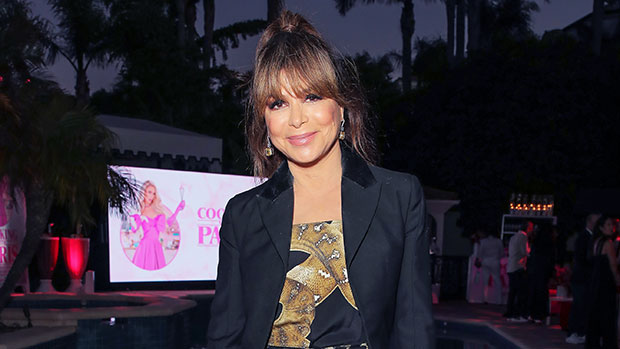
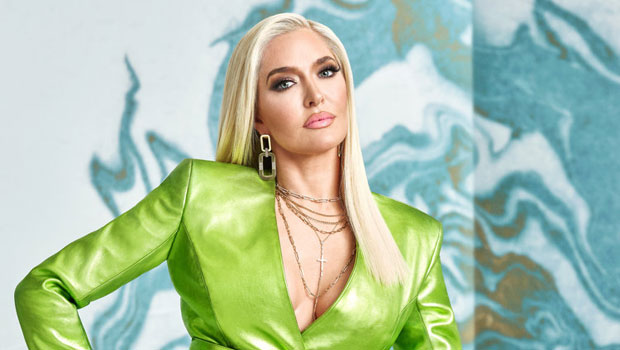
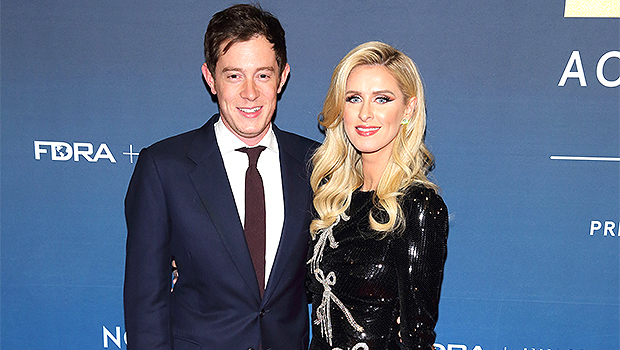











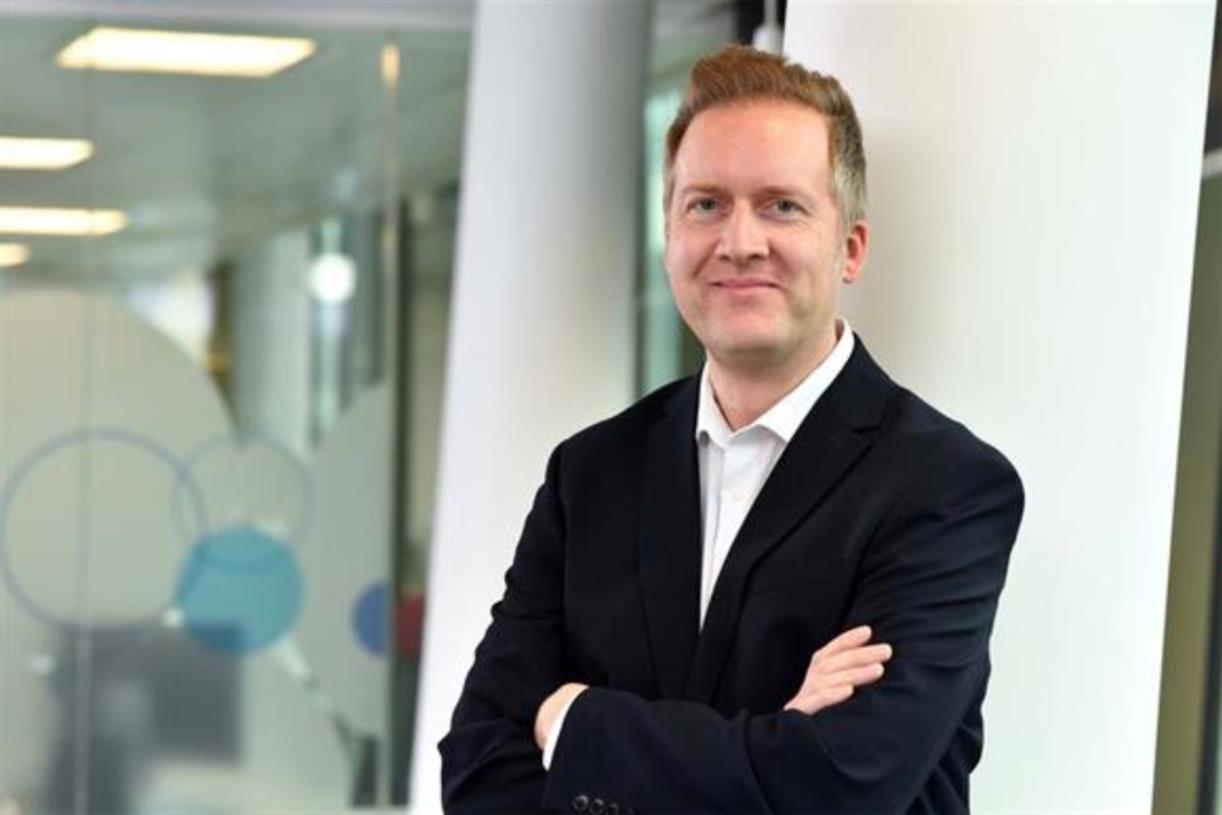

.jpg&h=630&w=1200&q=100&v=f776164e2b&c=1)





